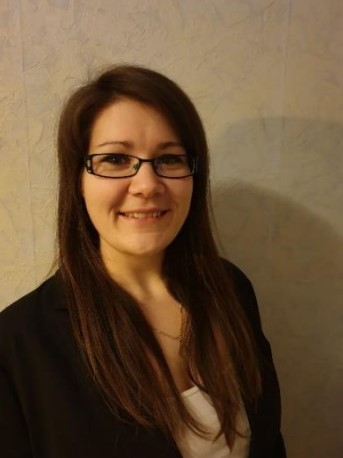Femtoscopy Research Excellence Group - MATE Research
Femtoscopy Research Excellence Group

Fundamental research goals
The “MATE Femtoscopy in CMS at LHC and PHENIX at RHIC – with Practical Applications” Research Group aims to advance knowledge in the field of high energy physics in general and Femtoscopy in particular.
Femtoscopy deals with measuring length-scales on the femtometer or 10-15 m and time-scales on the fm/c or 10-23 s, dealing with high energy particle and nuclear physics. We will participate in taking and analyzing new experimental data at the PHENIX experiment at the RHIC accelerator at BNL, Upton, USA and the CMS experiment at CERN. The focus of the proposal is to fund the participation costs in these two experiments, that are expected to produce a large number of high quality and high impact research papers annually. With the help of this grant a significant increase can be achieved in our impact.
At least two innovations are foreseen: will create an online archive to open the heritage of the world-famous late professor V. N. Gribov for research. We will gamify our discoveries, making them accessible as new card-games and custom Rubik cubes. Last, but not least, we plan to apply our model-independent femtoscopic methods in food processing and in economic studies in collaboration with other leading groups of MATE.
Explanatory notes
CMS stands for Compact Muon Solenoid, one of the major experiments at the Large Hadron Collider, a particle and heavy ion accelerator located on the border of Switzerland and France. PHENIX stands for Pioneering Heavy ion Nuclear EXeriment, one of the major experimental facilities located at the Relativistic Heavy Ion Collider (RHIC) accelerator in Brookhaven National Laboratory, Upton, NY, USA, not too far from the city of New York.
Innovation
One of the most fundamental and most innovative new directions of our group is to develop proton holography, a wave-front reconstruction method using proton waves. With this method we hope to get at the end a 3d optical hologram based on elastic proton-proton scattering data taken at LHC energies. So far, holography has been achieved with photons, sound waves, electrons and neutrons, we plan to develop it with protons.
Multidisciplinarity
We also develop several model independent methods to improve the precision and accuracy of femtoscopic measurements in high energy physics. We propose to apply these methods in econophysics and quantitative finance, together with members of other MATE Institutions.
Leader
 |
Prof. Dr. Tamás Csörgő
Institute of Technology
Research Professor
Research keywords: bose-einstein correlations, theoretical nuclear physics, experimental nuclear physics, theoretical partice physics, experimental particle physics, lévy stable distributions, exact solutions of hydrodynamics
|
Members
 |
Dr. Brigitta Unger-Plasek
Institute of Agricultural and Food Economics
Assistant Professor
Research keywords: sustainability, consumer behavior, marketing, pricing, consumer ethics
|
Selected publications resulted from the project
The project started on May 2, 2025.
So far, the following publications seem to be the most important ones:
Centrality dependence of Lévy-stable two-pion Bose-Einstein correlations in sqrt(s(NN))=200 GeV Au$+$Au collisions
PHENIX Collaboration: N.J. Abdulameer, … T. Csörgő, S. Lökös et al. (398 authors)
e-Print: 2407.08586 [nucl-ex] , submitted for a publication to the Physical Review C https://doi.org/10.48550/arXiv.2407.08586
Model-Independent Odderon Results Based on New TOTEM Data on Elastic Proton–Proton Collisions at 8 TeV
T. Csörgő, T. Novák, R. Pasechnik, A. Ster, I. Szanyi
Published in: Universe 10 (2024) 6, 264
e-Print: 2405.06733 [hep-ph]
DOI: 10.3390/universe10060264 , 10.20944/preprints202405.0595.v1 (publication)

